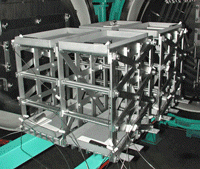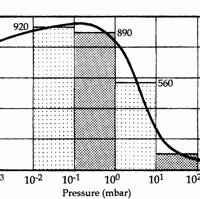Lubricants in vacuum applications include wet and dry lubricant types (Table 1), greases and oils. So-called “wet” lubricants tend to stay wet on the surface to which they are applied, while dry lubricants go on wet but dry as they are applied. In general solid particulates do not stick to dry lubricants but they do not tend to last as long as wet lubricants and as such need to be reapplied. By contrast, greases adhere better than oils and tend to last longer. Oil is preferred where the lubricant needs to be circulated.
The major disadvantage of conventional liquid lubricants is that they have relatively high vapor pressures (= 1.3 x 10-4 Pa at room temperature) and surface diffusion coefficients (= 1 x 10-8 cm2/s) with low surface tensions (in the order of 18 – 30 dyne/cm) and can volatilize or creep away from areas of mechanical contact resulting in high friction, wear or mechanical seizure. In addition, their volatility can cause issue with achieving proper vacuum levels and/or depositing on component part surfaces. The presence of other gaseous species in a vacuum environment (e.g., water vapor, oxygen, carbonaceous gases) can cause the force of adhesion between metal surfaces joined by liquid lubricants to be so strong that the joined areas can only be separated by fracture.

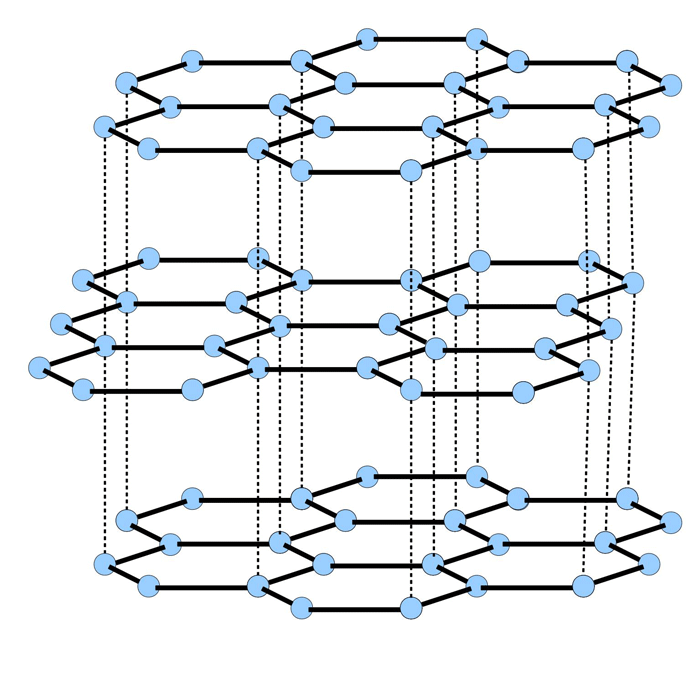
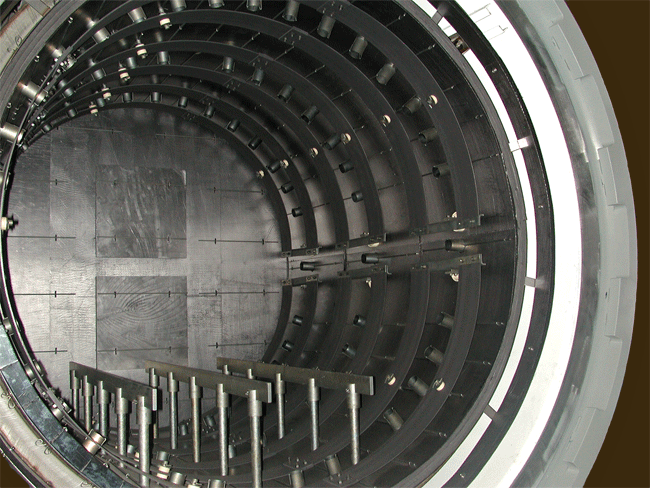
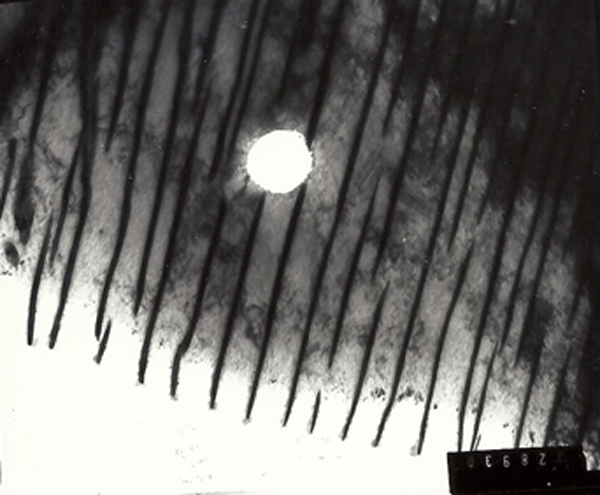
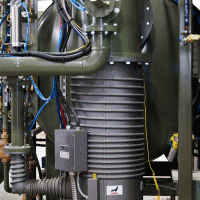
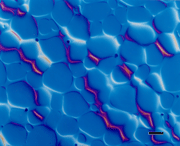 The reflected light microscope is the most commonly used tool for the study of the microstructure of metals. It has long been recognized that the microstructure of metals and alloys has a profound influence on many of their properties. Mechanical properties (strength, toughness, ductility, etc.) are influenced much more than physical properties (many are insensitive to microstructure).
The reflected light microscope is the most commonly used tool for the study of the microstructure of metals. It has long been recognized that the microstructure of metals and alloys has a profound influence on many of their properties. Mechanical properties (strength, toughness, ductility, etc.) are influenced much more than physical properties (many are insensitive to microstructure). 